News:
Long Island
Posted: December 11, 2012
Rebuilding on Long Island after Hurricane Sandy
USGBC-LI has long upheld that it's not about buildings...it's about people. We believe that buildings have a profound effect on the lives of the people that live, work and play in them. As advocates for 'green building,' most of our work has been focused on energy efficient and environmentally responsible building. Green building, as we define it holistically, considers not just the structure, but the entire infrastructure as well. Accordingly, we bring into the conversation issues pertaining to the larger goals of sustainability and resilience as relating to location, transportation, design, construction, operation, maintenance, renovation and deconstruction. Resilience is the measure of a system to buffer negative climate effects while maintaining its structure and function (IPCC 2007). While every effort must be made to pinpoint and address weakness, it will never be possible to eliminate all potential vulnerability. Green building must therefore incorporate strategies that both foster sustainability and enable resilience in the wake of inevitable future climactic impact.
Planning for climate variation and potential natural disasters by increasing the adaptive capacity of a system invariably involves a measure of uncertainty. Had any 'panel discussion' prior to October 29th attempted to pinpoint Long Island's vulnerability and need, it would have engendered as many divided opinions as panelists. Both the areas of susceptibility and the level of vulnerability would have been cause for countless additional meetings. For her part, Hurricane Sandy has rendered the need for any such debate moot. Sandy found those vulnerabilities and exposed them for all to see and bear. If there can be any silver lining, it may be that we can catalog the scope and nature of the vulnerabilities across all sectors (residential and commercial buildings, transportation, commerce, etc.) with great accuracy. If there is to be any hope that such future disaster can be mitigated, it lies in our ability to respond in a manner that is measured not by reacting consistent with past behavior but instead one that is measured directly against that which Sandy has presented us, to the extent possible. Responding at this moment assuming that the future will be similar to the past would be unconscionable. Blindly following past standards, codes or practices is not the answer.
Sandy has devastated hundreds of homes because those houses our neighbors called home were no match for her wrath. Where houses were destroyed or will be cause for demolition, they should be rebuilt in a manner that considers and addresses the level of destructive forces inflicted on them. The response must be proportionate. The rebuilding of those homes most critically damaged or destroyed should be based on the continued threat with the promise to - do it once - do it right - never again; because it's not about buildings...it's about people - our families, our friends and our neighbors.
Vince Capogna, LEED AP ID+C, GPRO: O&M, CM, is the executive director of the Long Island Chapter of the U.S. Green Building Council and principal of Synergy Green Building Group, Inc., New Hyde Park, N.Y.
Tags:
Long Island
MORE FROM Long Island
Suffolk County IDA supports expansion of A&Z Pharmaceuticals
Hauppauge, NY The Suffolk County Industrial Development Agency (IDA) has granted preliminary approval of a financial incentive package that will assist a manufacturer in expanding its business by manufacturing more prescription (Rx) pharmaceuticals in addition to its existing over-the-counter

Quick Hits
Columns and Thought Leadership
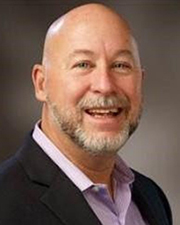
The evolving relationship of environmental consultants and the lending community - by Chuck Merritt
When Environmental Site Assessments (ESA) were first part of commercial real estate risk management, it was the lenders driving this requirement. When a borrower wanted a loan on a property, banks would utilize a list of “Approved Consultants” to order the report on both refinances and purchases.



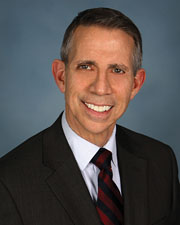
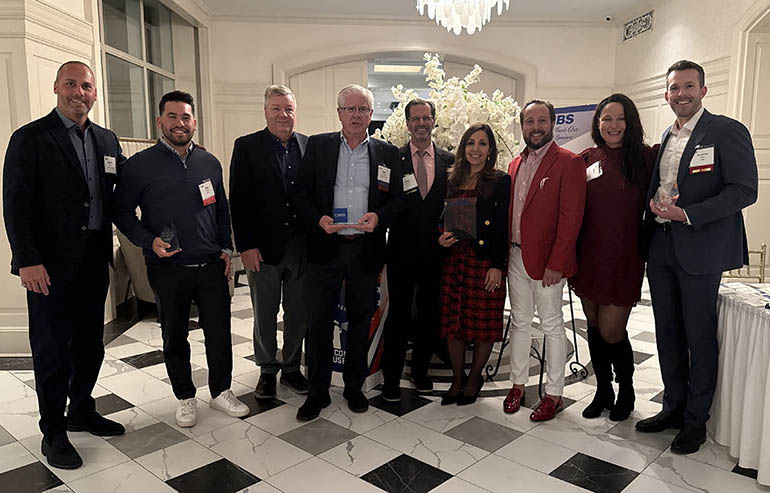
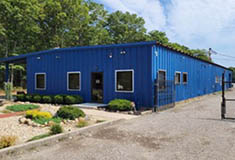
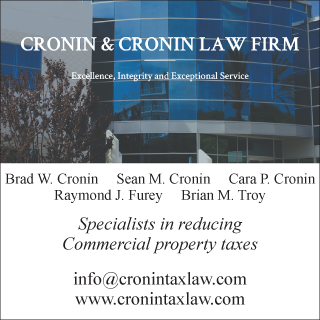


.jpg)